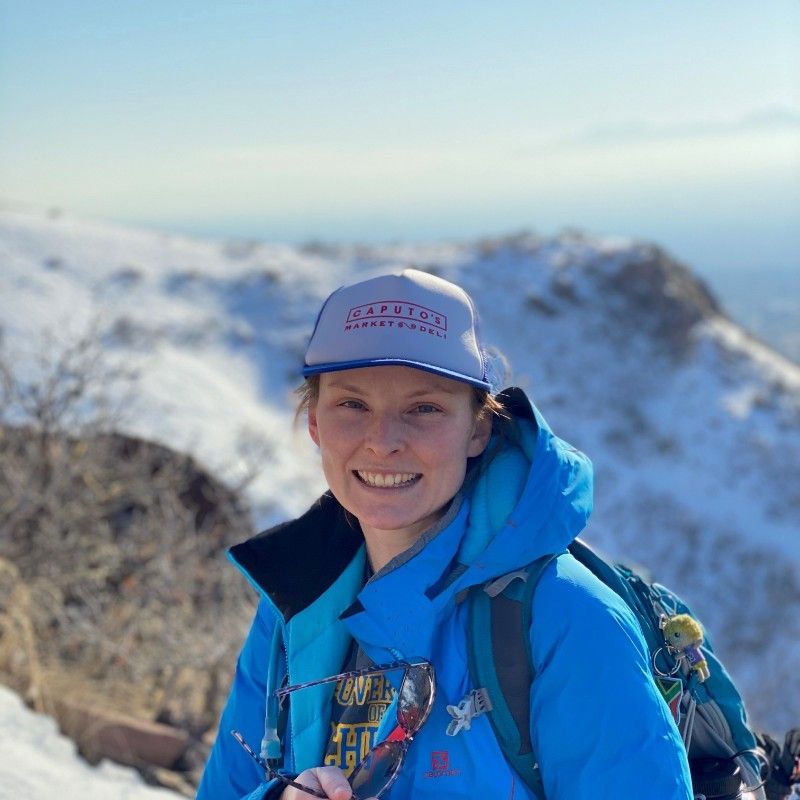Article Recommendation: Little Rock Nuggets Record Climate
by Dr. Courtney Wagner, Smithsonian NMNH

This month, Dr. Courtney Wagner, a postdoctoral Fellow in the Department of Mineral Science at the Smithsonian's National Museum of Natural History, shares an article recommendation for our readers.
Article recommendation: “Little rock nuggets record climate.” Citation: Fischer-Femal, B. J. & Bowen, G. J. Coupled carbon and oxygen isotope model for pedogenic carbonates. Geochim. Cosmochim. Acta 294, 126–144 (2020) 10.1016/j.gca.2020.10.022
In this paper, the authors show a new, promising way to predict changes in climate (like average annual rainfall and temperature) for locations around the world. They combine hundreds of measurements made by other scientists on modern soil samples. These soils are special because they contain a unique type of rock called pedogenic carbonates, which can be as small as a pea and as large as a grapefruit.
This extraordinary rock forms when water evaporates from the soil. It’s similar to the process that happens when salt forms into tiny crystals when water evaporates. The soil rocks contain the elements carbon and oxygen, and special forms of these elements record the average climate of where they are from. For example, a soil rock from Utah would record an overall hot and dry climate.
With the new approach, the ability to predict and understand past environmental changes, such as temperature variations, is greatly improved. Specifically, the authors combine carbon and oxygen measurements of soil rocks and, in doing so, this provides a more constrained estimate of what the climate is like.

By doing this on modern soil samples, they can compare their results to data observed over the past ten thousand years. This process really allows them to nail down their new method. It’s kind of like reading multiple reviews before buying a new car… by combining independent reviews (or, in the authors’ case, climate recorders), you can get a better idea of what the car is like (or in the authors’ case, the climate!). Then, by test-driving it, you know if the car is good or not (or, in the authors’ case, does the method work? [answer: yes!]). Now, other researchers can use the method that the authors created to better understand climate change in the past and, potentially, the future.
Author: Dr. Courtney Wagner, Smithsonian NMNH
Research area: geobiology, rock magnetism, magnetotactic bacteria and magnetofossils
Website: https://courtneywagner.org/research/
